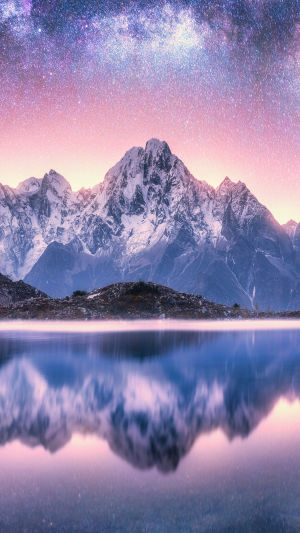Iceland, a small island located near the Arctic Circle, has become a popular tourist destination in recent years.
This small island offers breathtaking views of the Northern Lights, spectacular glaciers, mysterious volcanoes, and blue ice caves, among other attractions, making it a magnet for tourists.
So, what factors have contributed to the development of tourism in Iceland?
1. Abundant Natural Resources
Iceland is geologically active and possesses a vast array of natural resources, including glaciers, volcanoes, hot springs, and waterfalls.
These resources have become major attractions for tourists. With glaciers that are unlike any other in the world, Iceland offers various ice caves where visitors can witness the beauty of these frozen wonders. Moreover, Iceland boasts the world's bluest ice caves, where tourists can experience the captivating collision of ice and fire.
Additionally, Iceland is home to one of the most awe-inspiring waterfalls on the planet, Godfoss Falls, where visitors can marvel at the majestic power of nature. These abundant natural resources form the cornerstone of Iceland's thriving tourism industry.
2. Strong Government Support
The Icelandic government places significant emphasis on the development of tourism, implementing a series of supportive policies. Substantial investments have been made in tourism infrastructure, including roads, airports, and hotels.
Furthermore, the government has introduced preferential policies such as duty-free shopping and visa facilitation, designed to attract a larger number of tourists. The government has also taken steps to enhance regulations within the tourism industry, ensuring the safety and rights of visitors, an essential factor in attracting tourists.
3. Diversification of Tourism
Iceland's tourism industry offers a diverse range of activities beyond sightseeing, such as polar exploration, glacier mountaineering, and diving. These varied programs have successfully attracted a broader spectrum of tourists, enabling them to partake in unique experiences. Additionally, Iceland's tourism industry has integrated with other sectors such as agriculture and fisheries, giving rise to niche forms of tourism, including agriculture and fishery tourism, as well as snow tourism. This integration further stimulates the growth of Iceland's tourism industry.
4. Marketing Strategy
Iceland's tourism marketing strategy has been highly successful. The Icelandic Tourist Board has conducted extensive promotional activities worldwide, utilizing platforms such as social media to share captivating tourism photos and videos.
Additionally, the country has engaged in collaborations with other nations, including signing a tourism cooperation agreement with China, thereby expanding Iceland's tourism market even further.
5. Service Quality Assurance
Iceland's tourism industry is renowned for its exceptional service quality, a key factor in attracting visitors.
The tourism employees in Iceland undergo professional training, equipping them with the skills necessary to provide tourists with top-notch services. Moreover, Iceland's tourism industry places a strong emphasis on environmental protection and sustainable development, ensuring the preservation of the country's natural environment and providing tourists with a more fulfilling travel experience.
The future of Icelandic tourism appears highly promising. As the global tourism industry continues to grow, Iceland is poised to welcome an increasing number of tourists. The Icelandic government will persist in investing in tourism infrastructure and protecting the country's natural landscapes, thereby enriching the travel experiences of visitors.
Simultaneously, the Icelandic tourism industry must remain dedicated to environmental preservation, safeguarding natural landscapes and cultural heritage to leave behind a better world for future generations.





